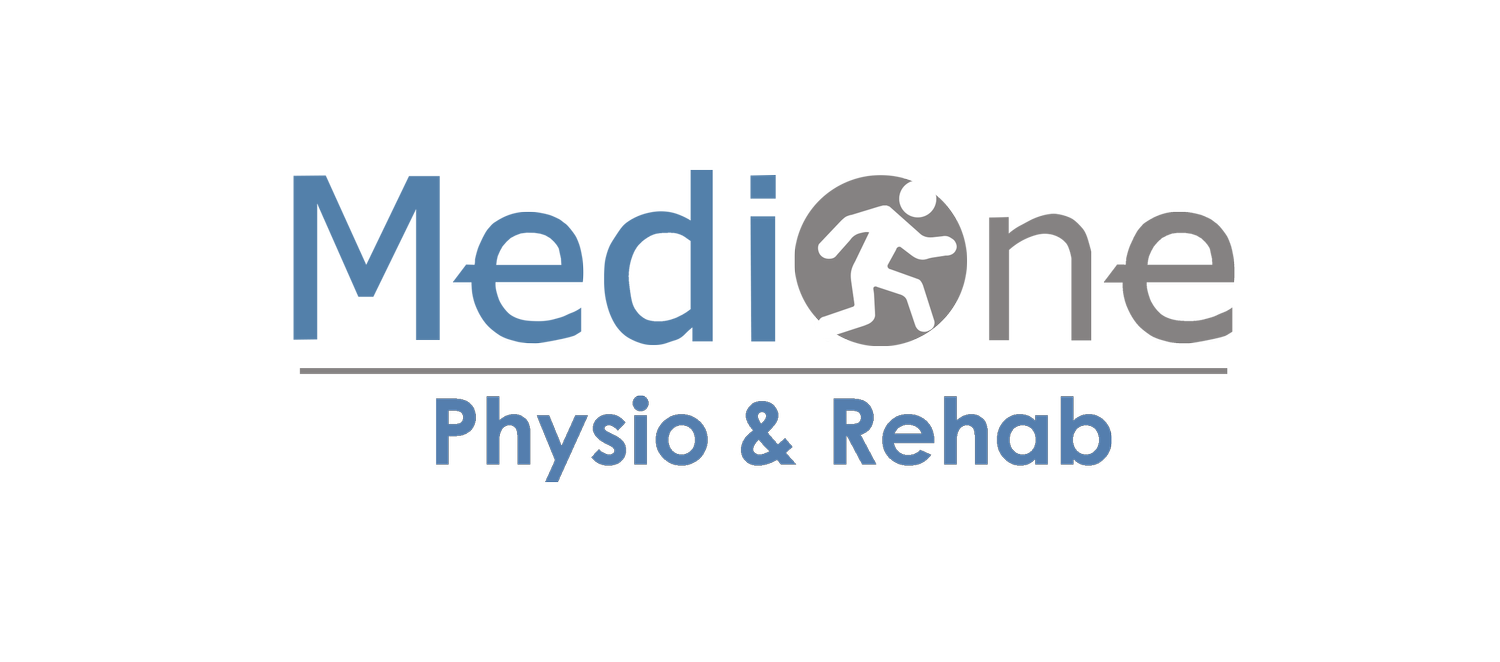
Osteopathy Explained
Osteopathy is a hands-on therapeutic discipline rooted in the sciences of anatomy, physiology, and biomechanics. It is built on a deep understanding of how the body functions as an integrated whole, and its practice demands a highly refined sense of touch—what osteopaths call "palpation"—which takes years of focused training and clinical experience to develop.
At its core, osteopathy is guided by a philosophy that sees health not merely as the absence of disease, but as the harmonious flow of life through all systems of the body. This can be summed up simply: good health depends on good circulation—of blood, lymph, and nerve signals. An osteopathic manual practitioner (OMP) uses precise palpation, thorough assessment, and sound reasoning to identify areas of restriction, strain, or dysfunction, and works to gently remove obstacles to the body’s natural healing processes.
Our Osteopath’s approach to treatment is shaped by a strong belief in the body’s innate drive toward health. Time and again, we have witnessed how even the smallest, most carefully placed intervention can prompt meaningful and lasting change. Osteopathic treatments are not just about applying techniques, but about using deep anatomical knowledge and clinical insight to make clear, thoughtful decisions—nudging the body toward its own version of balance and vitality.
Ultimately, Osteopathy believes that healing doesn’t come from the outside—it comes from within. No practitioner can “heal” someone else. But through skilled, compassionate touch and well-informed care, osteopathy can spark, support, and accelerate the body’s own ability to heal itself.
Osteopathic treatment can assist with any issue the body is capable of resolving on its own, just more efficiently—with less strain, less time, and greater ease. Below are just a few examples of the kinds of conditions that osteopathic manual therapy can support:
Neck and back pain
Headaches and migraines
Postural strain from work or devices
Digestive complaints (e.g., bloating, IBS symptoms)
Joint stiffness or mobility restrictions
Pregnancy-related discomfort
Recovery from physical trauma or injury
Breathing difficulties with a musculoskeletal component
Stress-related tension or fatigue
Functional complaints without a clear medical diagnosis
Whether you're seeking relief from chronic tension or simply looking to feel more aligned and energized, osteopathy can offer a gentle, intelligent path back to balance..


